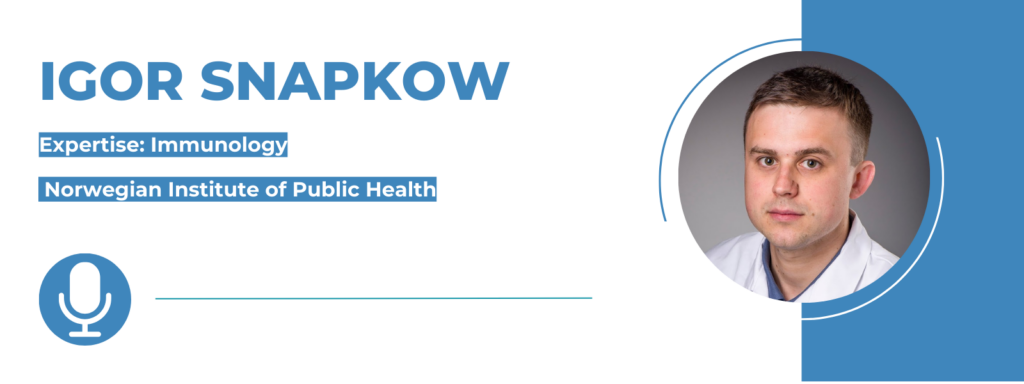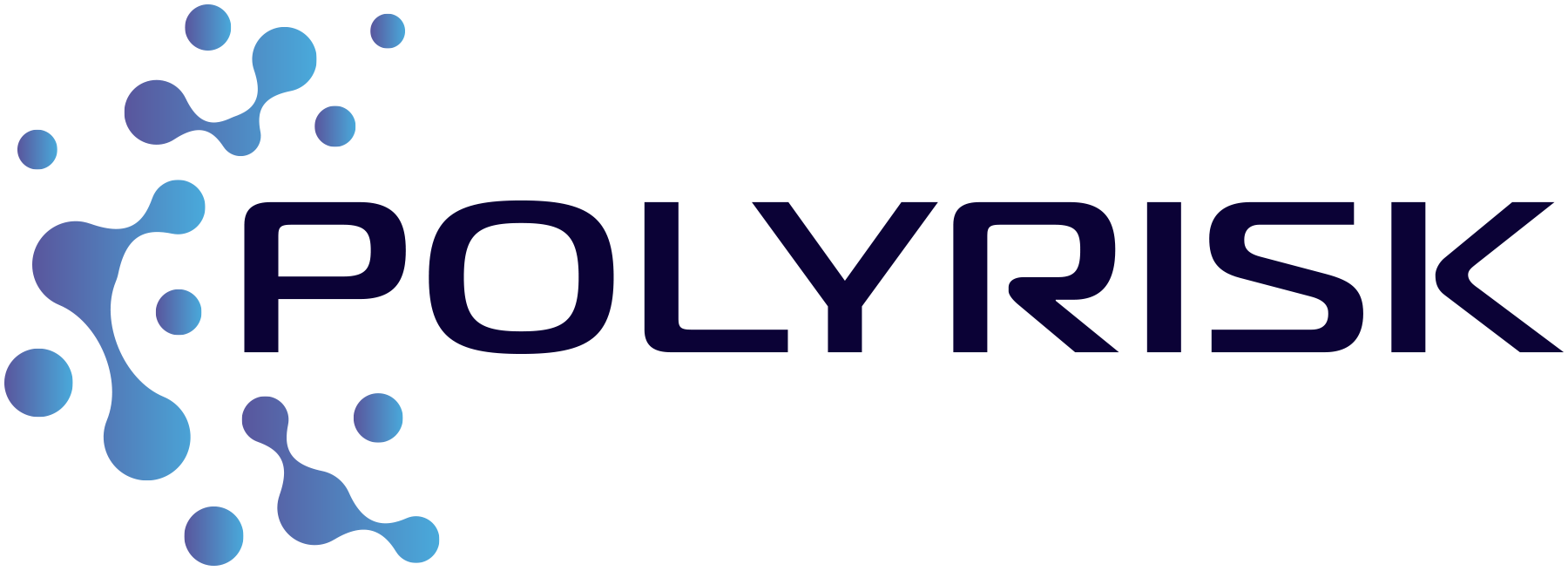
Please tell us a bit more about yourself.
I am a researcher and advisor in the Department of Chemical Toxicology, Division of Climate and Environmental Health at the Norwegian Institute of Public Health. In the POLYRISK project, I coordinate the Norwegian activities in work package 2 (focusing on in vitro studies) and lead one of the human studies in work package 3, where we explore the potential impact of micro- and nanoplastics (MNPs) found in bottled drinking water on the human immune system. Additionally, I am involved in the POLYRISK exposure study examining the health impacts of microplastics from artificial sports pitches, where I focus mainly on biological sample collection, processing, and data analysis.
When did you first realise you were interested in science?
My journey into the field of biomedical science was not an obvious one. In the third grade, I discovered the world of programming and since then, I had big dreams of pursuing a career in IT. When I had the opportunity to enrol in an academic programme in the 8th grade, I chose the IT track. But unfortunately, it was not meant to be so: I did not pass the entry physics exam. Instead, I was offered a major in biology and chemistry. This exact situation repeated itself during my university applications: though I initially aimed for the IT faculty, I found myself on a biology and chemistry trajectory thanks to my existing academic profile. This ultimately led me to study medicine. In retrospect, this biology-heavy background in school and my subsequent medical education gave me a genuine passion for science.
What do you find most fascinating about your work, and how did you get interested in this specific topic?
What I find most fascinating about my work is the opportunity to learn something new every single day.
The intricate interactions within the immune system fascinated me from early on during my school days. Studying it further at university, I felt like I was “gazing into the abyss,” given its complexity and uncharted nature. This experience drove me to specialise in both clinical and theoretical immunology.
What have been the biggest challenges in your research so far?
My research journey has been relatively smooth thus far. However, this does not mean modern research is without its challenges. A big challenge for many researchers is the endless quest for research funds, which consumes a considerable amount of time and distracts us from our primary task: conducting research. A second challenge to mention is the poor reproducibility of published data, often leading other researchers to waste time and resources attempting to build upon unreliable information.
In the context of the POLYRISK project, a major challenge we have encountered is the lack of robust and well-structured data concerning the potential human health effects of MNPs. However, it is worth mentioning that this challenge was anticipated given the pioneering nature of the project. Furthermore, for me as a person who is not directly involved in the fields of chemistry or analytical science, the relatively limited state of technology readiness for the comprehensive characterisation and identification of plastics within biological matrices has become an unexpected and quite surprising obstacle.
What are you looking forward to in the POLYRISK research project?
While it is possible that we may not be able to conclusively prove the hazardous nature of MNPs for human health by the end of the project, I am confident that we will develop a toolbox of analytical chemical methods for characterising and measuring micro- and nanoplastic particles. Additionally, our research will significantly enhance our understanding of the biological mechanisms underlying the interactions between MNPs, human cells and systems. This knowledge will provide a robust basis for future projects.
What would you like to see happening within your field in the next five years?
In the field of MNPs, I hope that we will accumulate sufficient knowledge to conduct a comprehensive human health risk assessment of plastics. As for the field of toxicology, I expect the growing use of in silico models and new approach methodologies for testing chemicals and other potentially toxic substances and agents, which will significantly enhance and accelerate toxicological assessment and facilitate the substantial reduction of animal models’ use.
